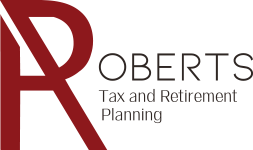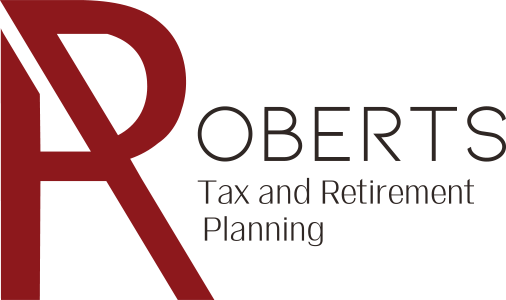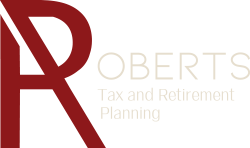The economy’s going remote, and that gives you a lot of options for work, location, and lifestyle. Fortunately, when it comes to retirement accounts and saving for the future, you have just as many options. While you can’t opt into an employer’s 401(k) plan, you can create a Solo 401(k). While you might not have a health care plan with an HSA (regarded through many different lenses as one of the strongest types of “retirement” accounts), you can still sock away pre-tax savings.
There are so many options, in fact, that it can be difficult to pick a plan and stick with it. So here’s a two-step action plan to get you through your first ~$200K a year as a freelancer:
1. Start with Traditional and Roth IRAs.
Traditional and Roth IRAs are open options to the vast majority of workers, whether you work for yourself or someone else. It’s also the simplest, so fill this account first. A traditional IRA can be filled with pre-tax contributions; that is, contributions that you don’t pay taxes on until you withdraw the funds during retirement. A Roth IRA is the inverse: you pay taxes now, but it grows tax-free and you can make retirement withdrawals without paying taxes on it.
The maximum contribution for most people is $6,000 in 2019. That’s per person: you can put it all in your Roth, all in your TIRA, or a little in both, as long as the little doesn’t go above the cap.
2. Move on to an SEP IRA.
This is the point where freelancers and self-employed readers are often told to choose between Solo 401(k)s and SEP IRAs. If you don’t have employees and you hate finicky details, go for the SEP IRA and don’t look back. They’re easier to administer and maintain without making a mistake the IRS can penalize you for. Depending on your income, you can contribute up to $56,000. SEP IRA contributions are pre-tax only, like your TIRA.
To get a combination of both pre-tax and post-tax retirement savings benefits, fill up your Roth with $6,000 and then start putting pre-tax contributions into your SEP IRA. That also gives you a margin for safety, since you can withdraw from a Roth under select circumstances easier than from a TIRA, just in case your business hits a snag. For more tips and customized retirement advice, schedule an appointment with us a Roberts Tax and Retirement Planning.







